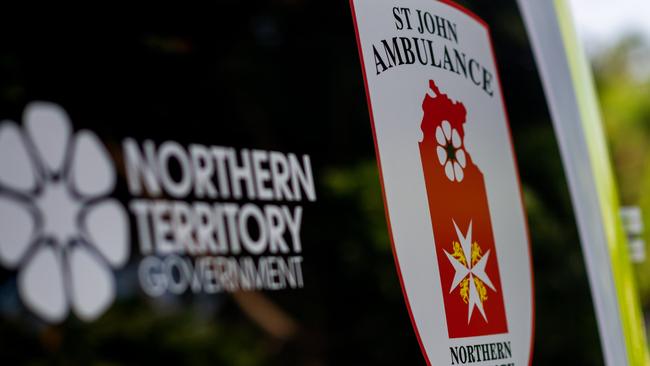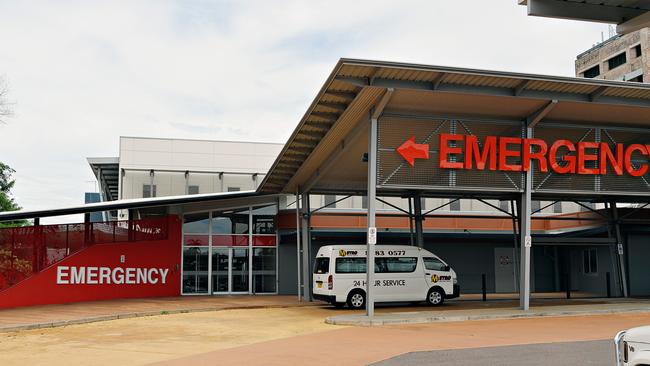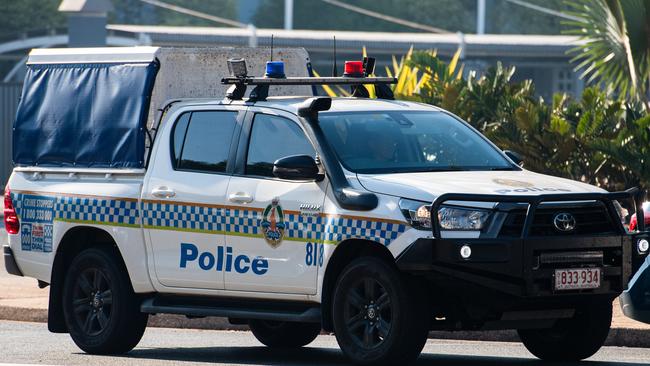St John NT: Clinical governance report into ambulance service outlines ‘serious’ concerns
A confidential review into St John Ambulance NT has revealed governance concerns and poor practices that may have led to patient harm, and possibly deaths.

News
Don't miss out on the headlines from News. Followed categories will be added to My News.
A “confidential” report into St John Ambulance NT practices has uncovered “serious concerns” into the organisation’s governance clinical practices that may have contributed to patient harm and possibly deaths.
The paper, titled Report on the Clinical Governance of St John Ambulance Australia (Northern Territory), by Dr Craig Ellis, was not meant to be publicly released in accordance with the Information Act 2002 however this masthead obtained a copy.
An NT Health spokesperson said the review reports were “confidential” and “recommendations are being worked through collectively by the NTG and St John Ambulance NT”.
Dr Ellis, a specialist in emergency medicine, was commissioned to complete the report after “serious concerns about practices” within St John were raised by emergency departments across the Territory.
Among multiple concerns raised in the report was the deployment of patient transport officers (PTO) to jobs without paramedics, describing PTOs as “essentially first-aiders with some extra training”.

“The PTOs were dispatched under a ‘best-case scenario’ model, and were frequently presented with a ‘worst-case scenario’,” Dr Ellis said in his report.
The report also criticised the “near-complete breakdown in trust” and communication between NT emergency departments and St John.
Dr Ellis found this distrust extended to a “deeper distrust” within St John itself.

The report referenced numerous instances of “unusual” governance which Dr Ellis said may have led to poorer patient outcomes.
One example raised by Dr Ellis was St John chief executive Andrew Tombs’ “unusual decision” to scrap the role of chief medical officer – which he said “exposed the organisation, staff and patients to an unacceptably high level of risk”.
Dr Ellis identified 12 problem areas, all of which combined to result in “potential for patient harm and staff exposure to risk”.
He outlined further poor practices including the transportation of sick or injured Indigenous patients in a police vehicle, the role of clinical dispatch supervisors, and lack of oversight on high risk surgical procedures conducted by paramedics.

These procedures include rapid sequence intubation, surgical airways incision and finger thoracostomy, otherwise known as HALO procedures.
Dr Ellis said he was “unconvinced that the oversight” of such procedures and responses to concerns raised are “completely safe”.
During the review concerns were raised to Dr Ellis about processes that “may have resulted in the deaths of patients” – however he said it was “impossible to determine the veracity of these claims”.
Mr Tombs in response to the report told this masthead staff and patient care was of the “highest priority” for St John NT.
“Some of the areas identified for improvement (in the report) reflect the lack of funding and resources required to meet the demand on the ambulance service in the Northern Territory,” Mr Tombs said.
A spokesperson for NT Health said the department was working to support St John NT to implement Dr Ellis’ recommendations.
“Funding for St John NT has increased from $42.8 million in 2022-23 to $47.2 million in 2024-25,” the spokesperson said.





